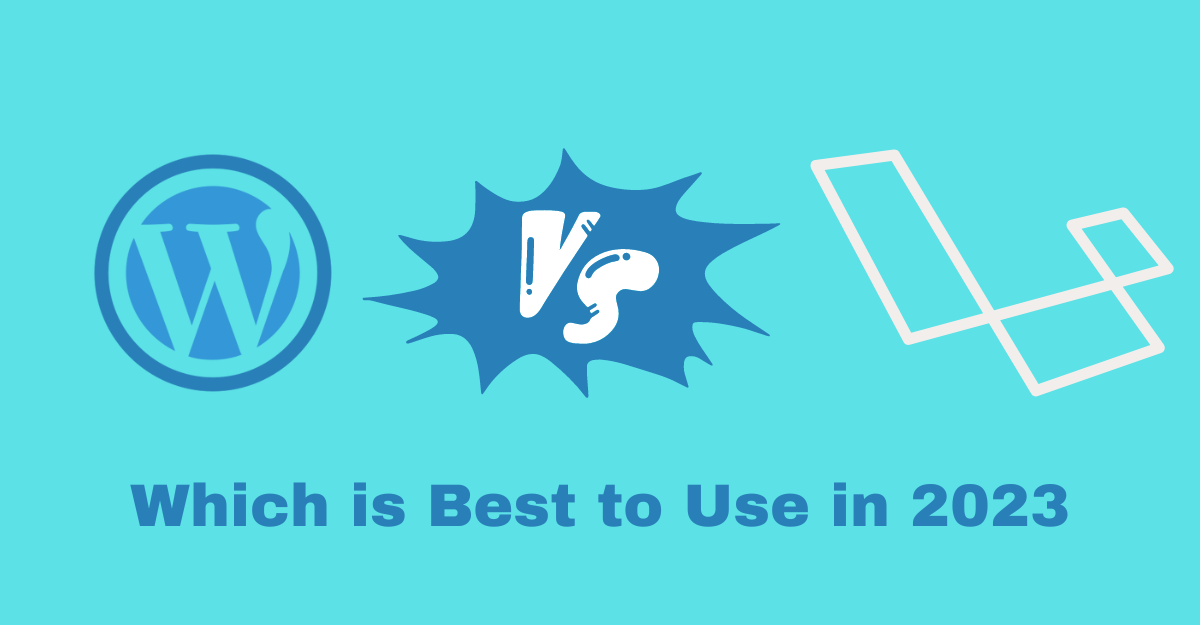
How to Optimize Your Cybersecurity and Monitoring Tools Using Load Balancing?
7 minutes | Word Count: 1255Load balancing (LB) is the efficient distribution of incoming traffic among a pool of servers to improve application responsiveness. It optimizes your application availability by routing the high volume of concurrent client requests across servers.
Hence, it utilizes optimum server capacity to ensure your website has high service availability and reliability.
Moreover, load balancing is beneficial in many other ways with the use of software-defined networking (SDN) and the cloud. It ensures high availability of TCP/IP services along with device failure detection, and it has also proven effectiveness in cybersecurity optimization and monitoring tools.
How to Optimize Your Cybersecurity Using Load Balancing?
Load balancing is now a required component per the Payment Card Industry Data Security Standard (PCI DSS) to improve the availability of financial transactions in applications. You can effectively incorporate LB as an additional layer of security against many prominent forms of attacks, such as DDoS, by redistributing traffic in many different ways.
Let’s take a closer look at the usefulness of load balancing in cybersecurity based on its underlying features and capabilities.
#1. Combating DDoS Attacks
Distributed denial-of-service (DDoS) attacks are a major cybersecurity threat to the modern business landscape. It is a type of attack in which multiple machines target a single host with a high volume of requests, leaving it inaccessible to requests from legitimate sources.
Any organization with an online presence is vulnerable to DDoS as it can impact availability of all systems and devices, sometimes creating a loss of up to six figures per hour. And the damage is not always financial; data theft, the presence of malware, and loss of customer confidence are other risks of a DDoS attack.
In a multi-layered defense approach by corporations, load balancing is ideal for inclusion. Since it offers resilience by rerouting the traffic and leaving the affected server unavailable, it prevents a single point of failure due to a DDoS attack.
Also, load balancing offers an offloading function that helps organizations deflect DDoS impact by shifting the traffic to public cloud servers.
The SDN-based next-generation load balancers offer intuitive dashboard capabilities with deep insights for individual applications to avoid the risk of overload from unanticipated traffic.
Similarly, Amazon Web Services’ (AWS) Whitepaper for DDoS Resiliency recommends elastic load balancing (ELB) for infrastructural layer defense for applications on Amazon. As the application load balancing (ALB) type of ELB for web applications only accepts well-formed requests, it prevents SYN-flooding and UDP reflection attacks by automatically scaling to absorb unanticipated traffic.
#2. SSL Load Balancing
Secure sockets layer (SSL) is a cryptographic protocol that secures communication between the client and the server over the internet. But the encryption and decryption process is resource-intensive. SSL offloading is the process of transferring computing demands of encryption and decryption of SSL traffic to dedicated servers with enhanced application performance.
However, SSL offloading with the help of load balancers offers new opportunities and is an essential security measure to protect against hackers and man-in-the-middle attacks. An SSL load balancer acts as a mediator or an endpoint at the server-side for establishing secure connections with the client.
It encrypts the web server responses and decrypts client requests before passing them on to the application server. The decryption process of client requests at the SSL load balancer is known as SSL termination. However, the process of encryption and decryption varies based on network security between servers and load balancers.
- If the server and load balancer are behind a firewall: The SSL load balancer will decrypt the client request, extract required load balancing information, and forward the unencrypted request to the server. The SSL termination process raises security concerns and exposes the application to a potential attack as the traffic between server and load balancer is in plain text. But the risk is reduced from them being in the same secured network. It encrypts the server response before forwarding it to the client.
- If the network between them is insecure: The SSL load balancer decrypts the client request, extracts its required information, and re-encrypts the request to forward it to the server. The process reverses for a server response to the client. This is known as SSL passthrough, and it is more resource-intensive as it requires web servers to decrypt the requests, but it cooperates with high-security requirements and can leverage an extra overhead.
SSL offloading on a load balancer eases the web and application server tasks by improving content delivery speed and user experience. Moreover, a secure network for server and load balancer only requires a load balancer to manage SSL certificates instead of every other server. Hence, it significantly reduces administrator tasks of managing certificates on every other web or application server.
#3. WAF with Load Balancing
A web application firewall (WAF) is an integral component for application security against the OWASP Top 10. The proxy-based WAFs are a go-to solution for zero-day vulnerabilities through predefined or custom rules.
However, there are multiple insertion points to deploy WAF in the data path. Some insertion points are less efficient, and some are points of failure. However, the ideal insertion point for a WAF is behind the load balancing tier. It protects the web application server from attackers and enables daily rule updates while optimizing performance, utilization, and reliability.
Moreover, WAF requires visibility to inspect the entire flow, especially to payloads, as the malicious code is placed inside them and not in protocol headers. Hence inserting WAF behind the load balancer allows SSL decryption before traffic passes to the WAF. It enables the load balancer to route traffic properly while preventing specific traffic patterns from reaching APIs and applications.
In addition, some load balancing solutions also offer WAF integration by including a WAF engine to deliver in-depth defense, customization, and on-demand scaling with an extensive security stack. WAF allows requests based on rules set in the web access control list while the stack includes IDS/IPS, authentication, SSL encryption, and SSO.
#4. User Authentication
Attribute or identity-based access is a crucial component of any modern application security. But as the developers continue moving application development in the cloud environment, they repeatedly write the same authentication code.
Enterprises require on-premise user identity authentication for cloud applications, while web developers require social identity providers (idP) to allow user access.
Application load balancers (ALB) have simplified the user authentication process by introducing built-in authentication support. ALB securely authenticates the users accessing the application, relieving developers from writing the code. It also unloads the responsibility from backend servers by preventing unauthorized access.
#5. Simplify Compliance
If the corporation deals with the processing, transmission, and storing of cardholder information, it is subject to PCI DSS compliance. The load balancer in this scenario does not manage or store cardholder details. However, it provides a secure environment for transmitting data.
Hence, it simplifies compliance with PCI rules. Moreover, according to the PCI Approved Scanning Vendors Program Guide, servers behind load balancers that are similarly configured are exempt from the internal scan.
Wrapping Up
It’s important to insert load balancers as a distribution point of high-volume traffic across multiple servers. It’s a good way to meet compliance standards, and it works as an additional layer of security while maintaining availability, performance, reliability, as well as website scaling.
You can expect higher availability of TCP/IP services such as VPNs for gaming, along with improved detection of device failure, and effectiveness with cybersecurity optimization and monitoring tools.
Load balancers are best incorporated in the data path as the first line of defense against DDoS and optimized WAF performance by enabling WAF integration.























